
Picsart Adds AI Enhancement Tool to Upscale and Improve Photos
Picsart has announced a new artificial intelligence (AI) tool that it says removes noise, upscales images to higher resolution, and improves overall image quality.

Picsart has announced a new artificial intelligence (AI) tool that it says removes noise, upscales images to higher resolution, and improves overall image quality.

Nikon has announced that it is dropping support for ViewNX-2, ViewNX-i, Capture NX2, and Capture NX-D and the programs will no longer be available to install starting on June 30.

Picsart has gone from an upstart app for kids to one of the most popular photo editors on the planet: its users create more than a billion edits a month. Now it has its sights set on Adobe's dominance.

Capture One will launch its long-awaited iPad app on June 28. The company says it isn't intended to replace the desktop experience but work as its "best companion."

Apple's annual Worldwide Developers Conference (WWDC) kicks off on Monday, June 6 at 10 AM PT and while the keynote usually centers around software, there is reason to believe some hardware will also make an appearance.

FilterPixel automates the process of looking for photographs that are not good enough to be framed and added to your portfolio of work. The software uses Artificial Intelligence to scan and automatically separate the unworthy captures, saving time and effort in browsing through hundreds of captures and inspecting them closely to check for blur and focus issues.

Creating compelling sci-fi and fantasy inspired images was once a task that required either awesome practical effects and lighting, dexterous digital paint skills, or a mastery of complex 3D animation software. Recently, Boris FX, an Academy Award-winning software company that has developed film and television visual effects tools for over 20 years, has leveled the playing field with the introduction Boris FX Optics.

ON1's Photo RAW application is getting a major update next month. In addition to several feature enhancements, the company is also folding its Resize AI tool fully into the Photo RAW software.

Adobe has announced new performance updates for Premiere Pro that include new hardware encoding support for macOS and AMD GPUs on Windows, which it says results in much faster export times.

Mylio has announced a new service that it says can connect the photo libraries of multiple devices together privately and securely without the use of the cloud or even an internet connection.

A long-running scam targets frustrated Canon printer owners who are looking for the right drivers. They find themselves on fake customer service websites that lure them into handing over cash or even control of their computers.

Picsart has created a website that hosts 19 image and video editing tools that can be accessed for free in a drag-and-drop format. It supports a ton of tasks from resizing, file type conversion, background removal, color pickers, and more.
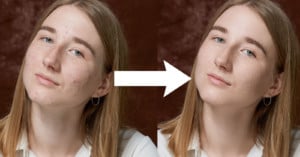
Retouch4.me offers a collection of nine plug-ins that it says use AI to capably and effectively retouch photos and target specific retouching tasks to quickly automate what would normally take much longer to do by hand.

OWC's Copy That software is a workflow tool designed to quickly and accurately transfer video footage to backups, editors, producers, and directors.

Axledit is a browser-based collaborative video editing platform from Axel.AI that sees itself as the Google Drive of video editing.

Blackmagic's DaVinci Resolve 18 brings a ton of new features, but the headline addition is cloud collaboration which could make DaVinci a serious threat to the dominance of Adobe Premiere even amidst its recent Frame.io integration.

Video restorer NASS, who has a passion for restoring and upscaling old videos using neural networks, has breathed new life into footage of a busy San Francisco street originally shot on April 14, 1906.
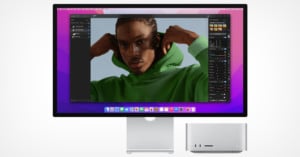
Pixelmator Pro has announced version 2.4, codenamed Odessa, which brings a redesigned Layers sidebar along with color adjustments and effects layers, over 200 new vector shapes, and optimization for M1 Ultra.

Skylum, like any company based in Ukraine, has seen the lives of its employees uprooted since the Russian invasion. The company has shared some of the personal stories of how those who are behind its imaging software have been personally affected.
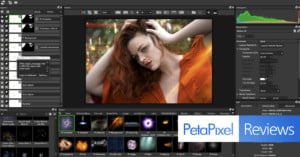
Optics 2022 from Boris FX brings some seriously impressive special effects (SFX) tools like color grades, easy masking, and impressive lighting effects in a package that can be used as a stand-alone application or as a plugin for Adobe Photoshop and Lightroom Classic.
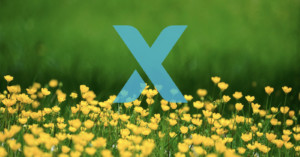
Zoner Photo Studio X has announced its Spring 2022 update that brings a variety of tools that allows users to customize their interface in addition to an improved Viewer, optimized Catalog, and more.
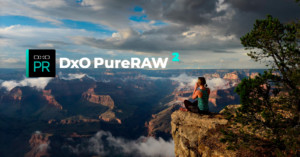
DxO has announced the 2.0 update to PureRAW. It features several significant additions like support for Fujifilm X-Trans files.

Skylum, the company that produces the Luminar series of software products, has its main development center in Kyiv, Ukraine. But, despite Russia's invasion upsetting its normal workflow, the company has managed to push an update for Luminar Neo.
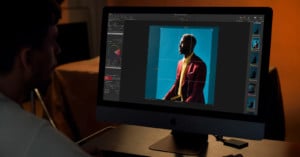
Capture One has shared its development roadmap for the remainder of 2022 that covers four areas the company plans to devote its resources for what it calls a multi-platform ecosystem.
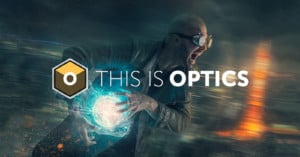
Academy award-winning software developer Boris FX has launched a new version of the Optics plugin for Adobe Photoshop and Lightroom Classic that the company says will add "the same high-end cinematic look and effects to photos that the film and television industry has relied on for over twenty years."

Skylum has announced the new AI-driven photo editor Luminar Neo is available alongside the Luminar Share app for easy photo transfers between the software and users' mobile devices.

The meaningful impact of cloud computing with respect to photo editing was an amorphous topic when it was first introduced to photographers in 2013. Nearly a decade later, that has changed and two of the biggest companies in the editing space show how it can be leveraged to support photographers differently.
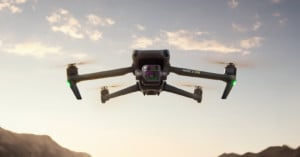
DJI has published a firmware update for the Mavic 3 that fully unlocks all of the drone's capabilities and lets it do everything the company promised it could when it was launched last year.
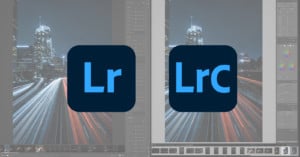
When Lightroom CC originally launched it was woefully behind Classic from a features perspective. Photographers who had come to expect certain tools and performance were greeted with an underpowered CC, and few gave it a second glance after that. But now, nearly five years later, those same photographers might not know that they are nearly identical now. So then, why do we have two versions of the same software?
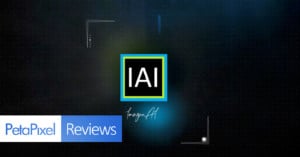
ImagenAI is a personalized photo editing assistant that is designed to learn individual photographer's styles using artificial intelligence (AI) to help make applying bulk edits to entire catalogs quick and easy. So, does it work, and are we about to enter into a new age of AI editing?